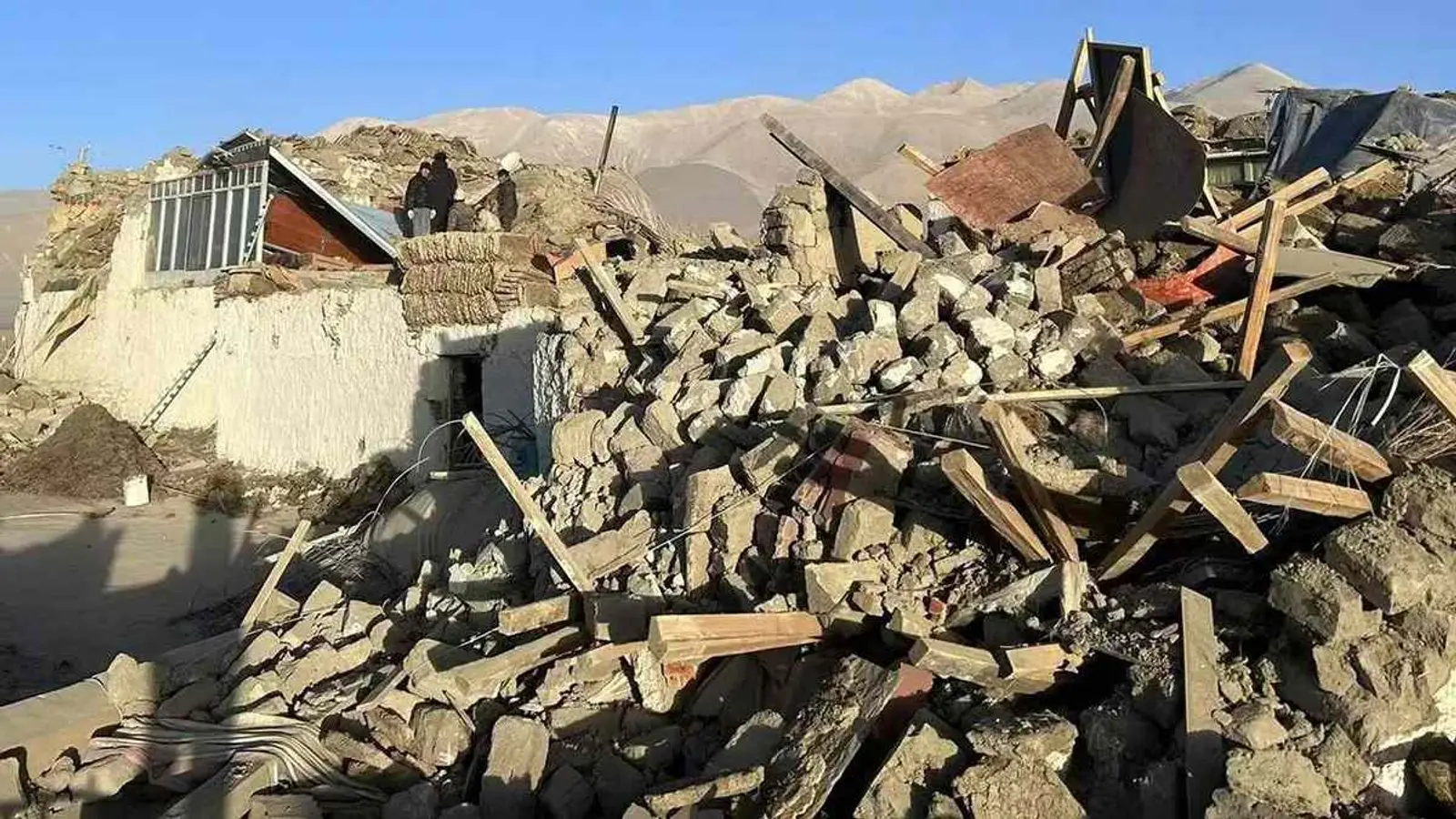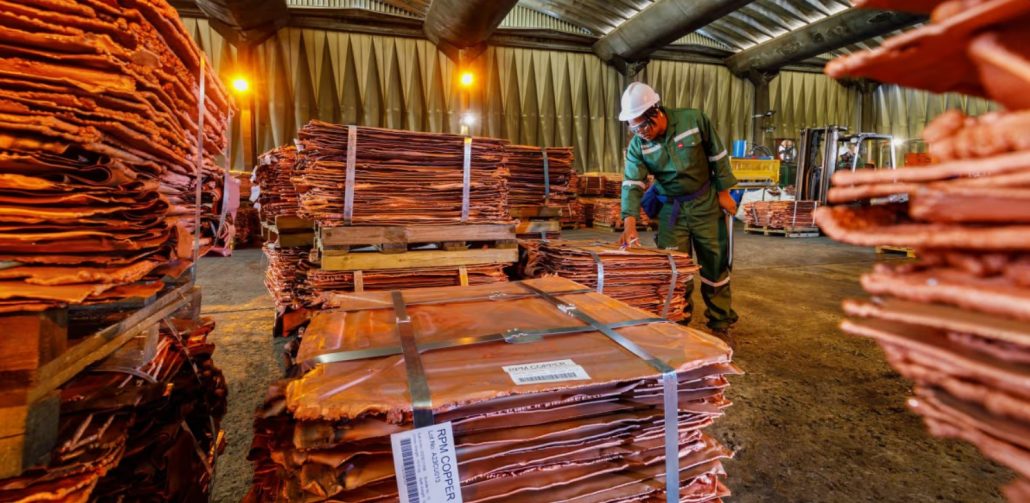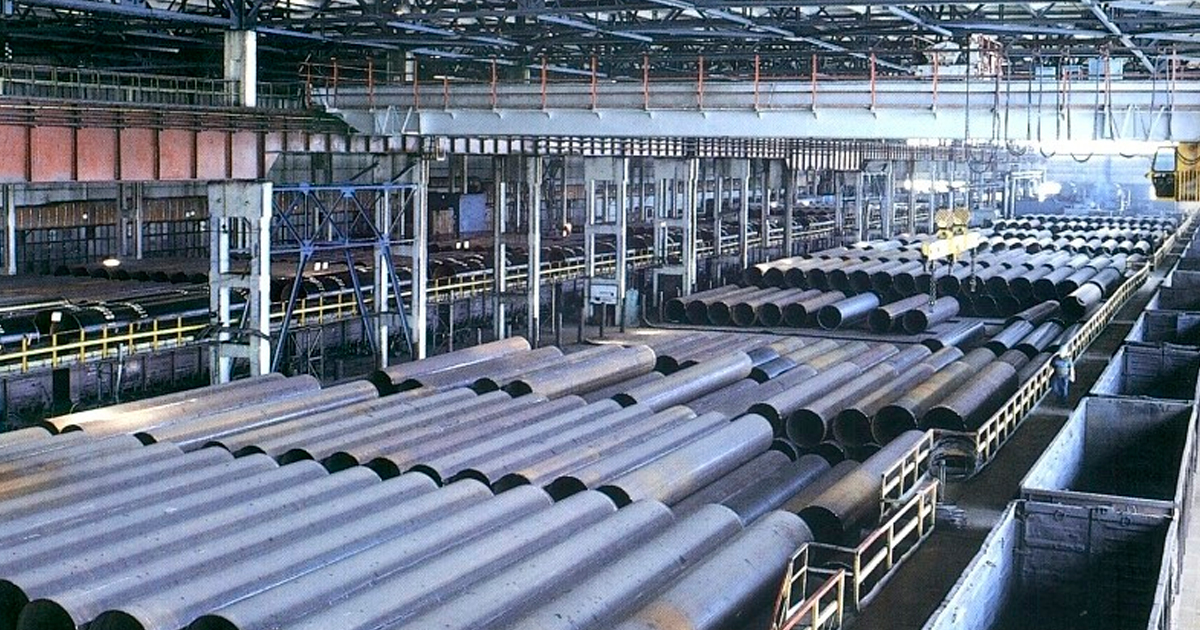
A powerful 7.1-magnitude earthquake struck Tibet on Tuesday. This tragic event resulted in at least 126 deaths. Nearly 200 people sustained injuries. Rescue operations are ongoing. Over 500 aftershocks complicate recovery.
Rescue and Relief Efforts Intensify Amidst Aftershocks
Rescuers freed over 400 people from debris. Many remain missing. Local authorities report 3,600 houses collapsed. Over 30,000 people are displaced. The Ministry of Emergency Management sent 1,850 rescuers. They focus on village-level operations. Emergency aid includes tents and quilts. Freezing temperatures and high altitudes challenge efforts. Authorities conduct damage assessments. Each affected village receives visits. This ensures all residents are accounted for.
Tectonic Activity and Seismic History Explained
The earthquake’s epicenter lies where the Indian and Eurasian plates meet. This region experiences frequent seismic activity. Southwestern China, Nepal, and northern India share this instability. The US Geological Survey notes over 10 magnitude 6+ tremors in the past century. Tectonic plate collisions cause this seismic instability. SuperMetalPrice reports that such geological events highlight the vulnerability of the region.


![[Price Reporting] Ti Alloy : Ti Gr.7, Gr.11, Gr.16, Gr.12, Ti 6242, Ti 62222](https://supermetalprice.com/wp-content/uploads/2025/02/Price-Reporting-Ti-Alloy-Ti-Gr.7-Gr.11-Gr.16-Gr.12-Ti-6242-Ti-62222-scaled.jpg)








Leave a Reply
You must be logged in to post a comment.